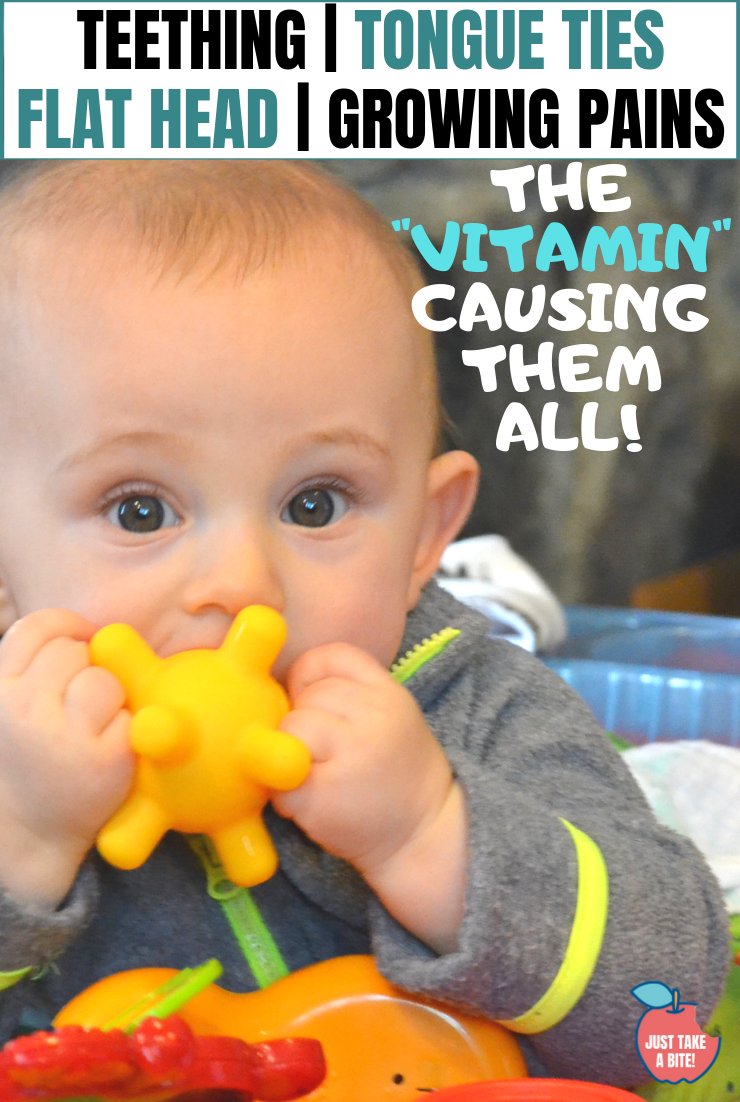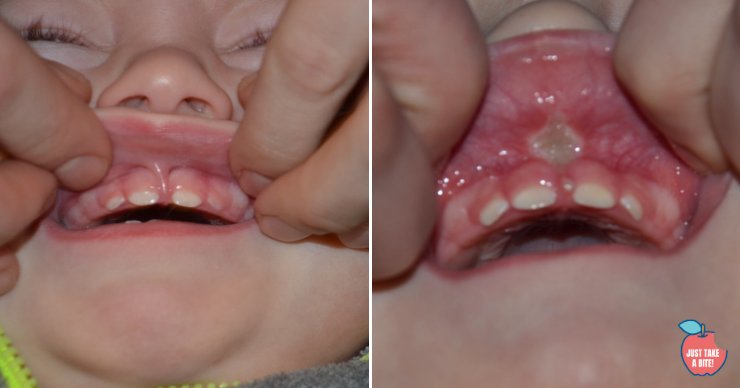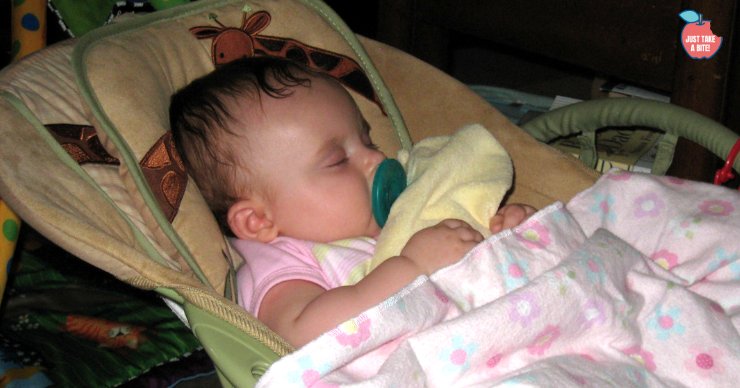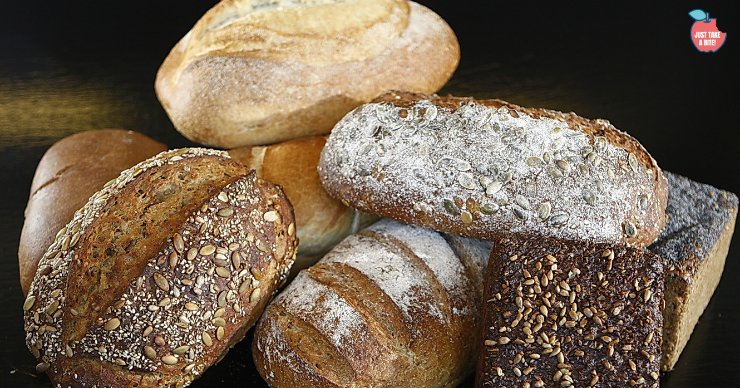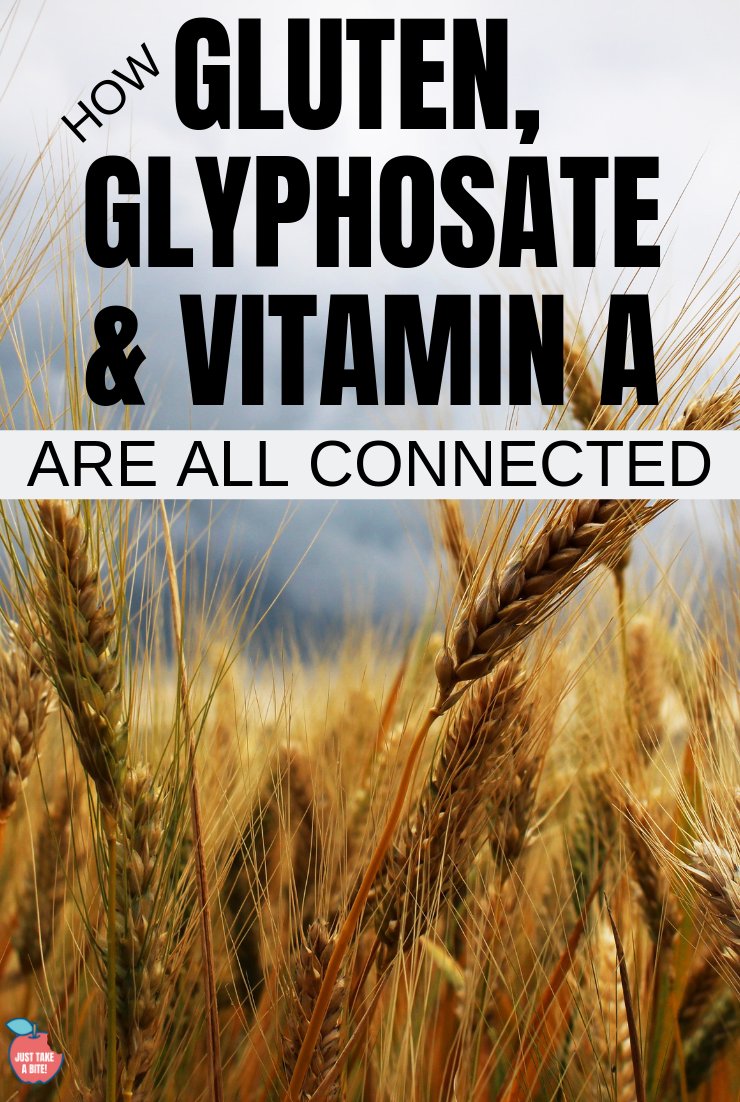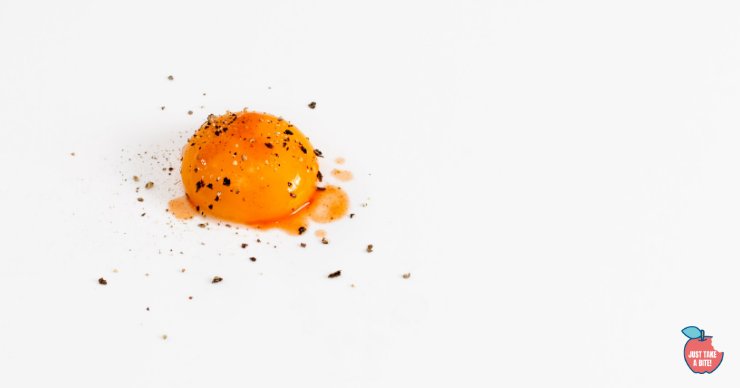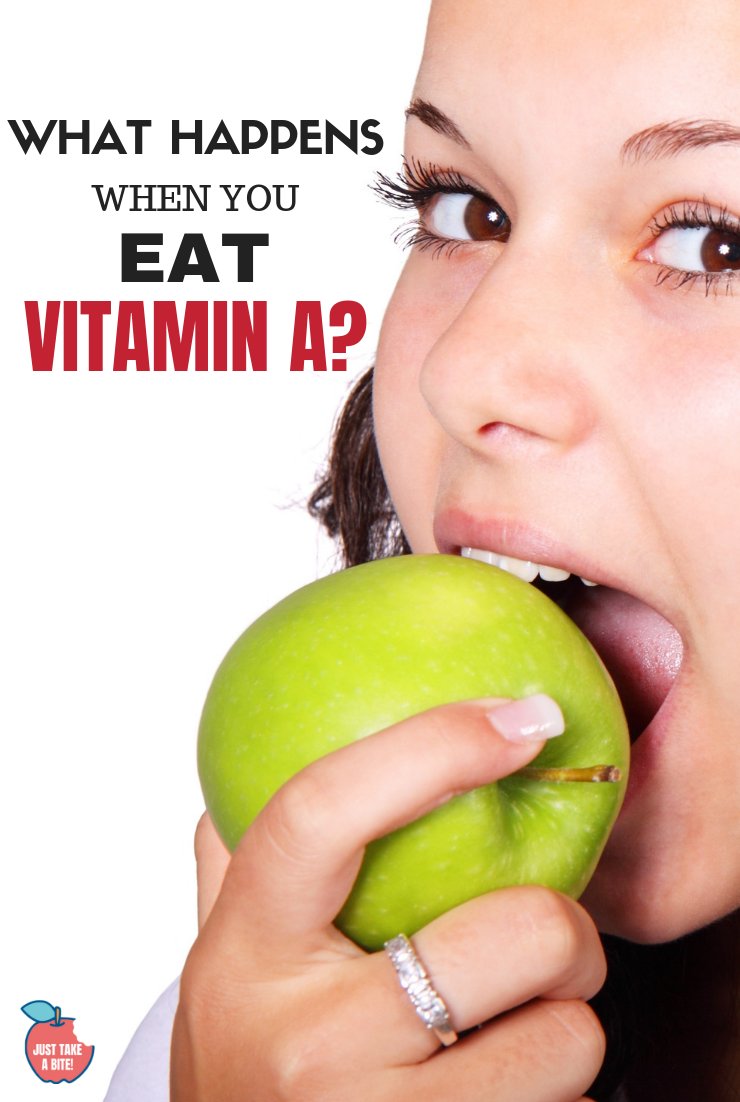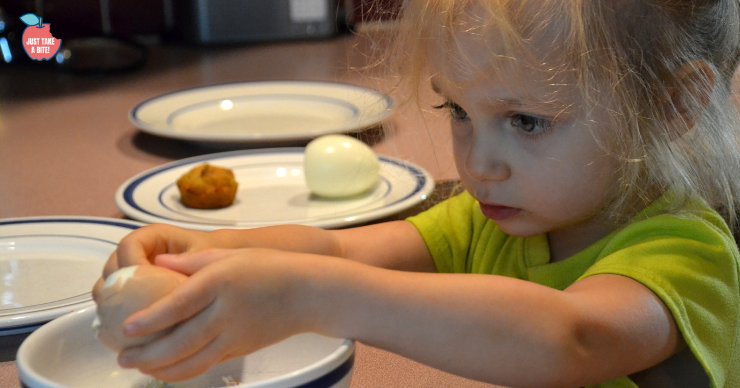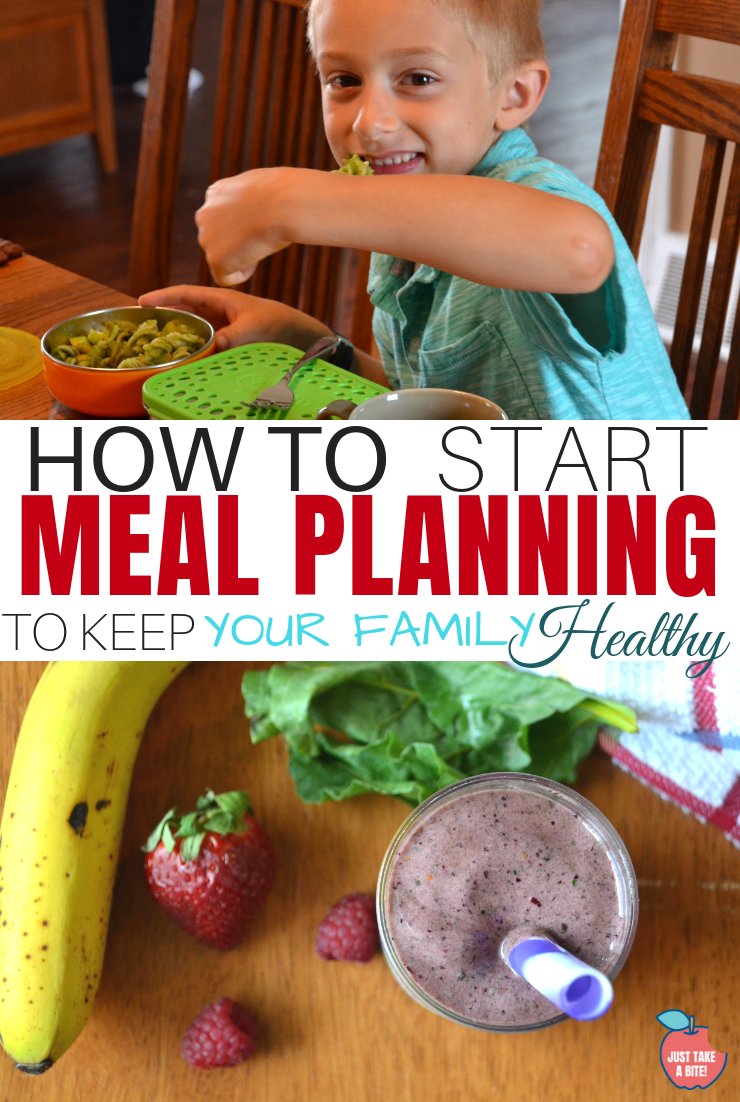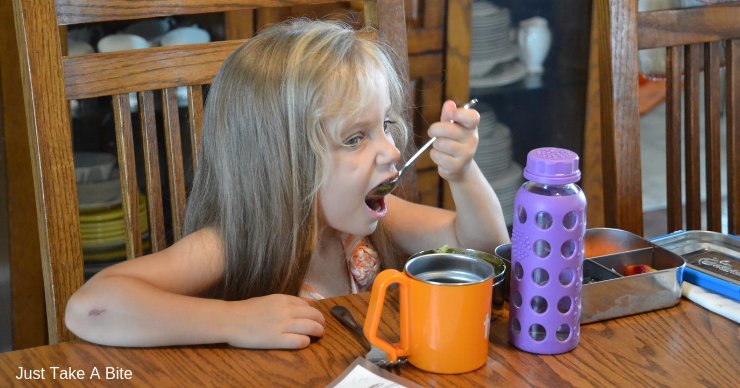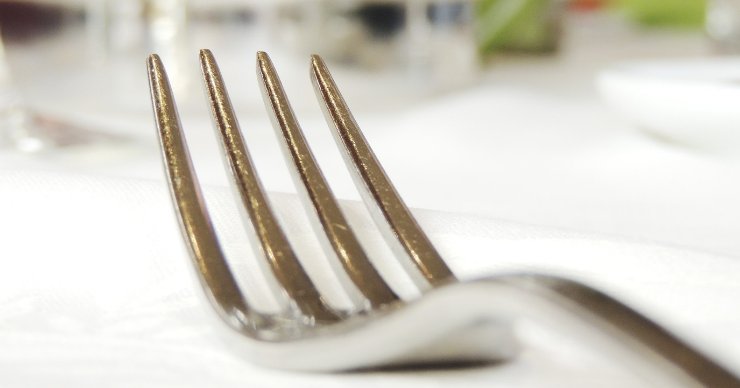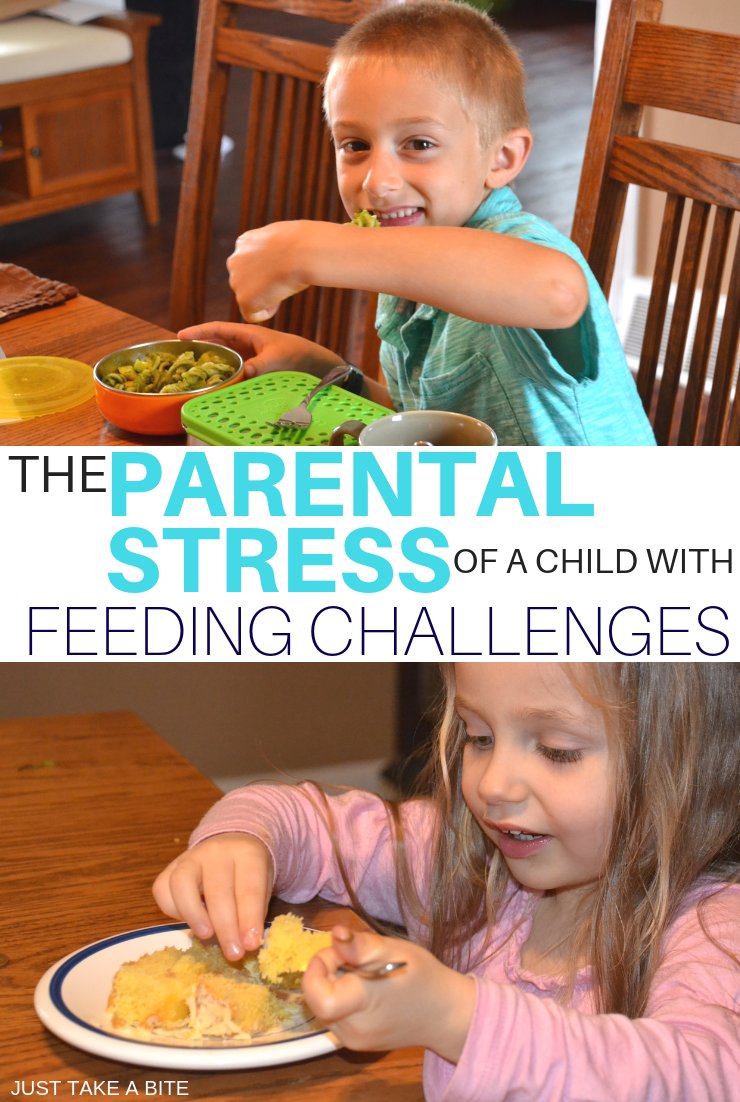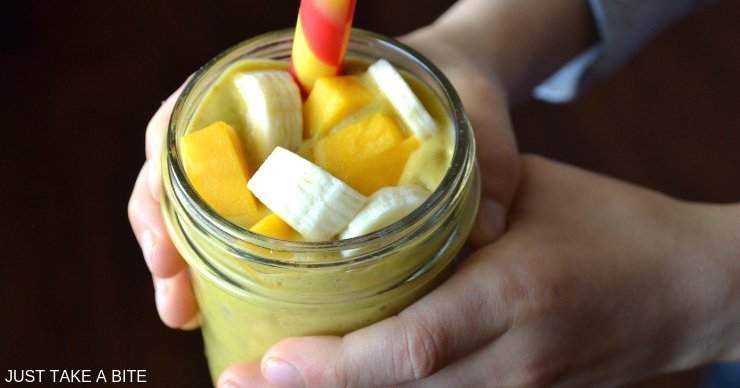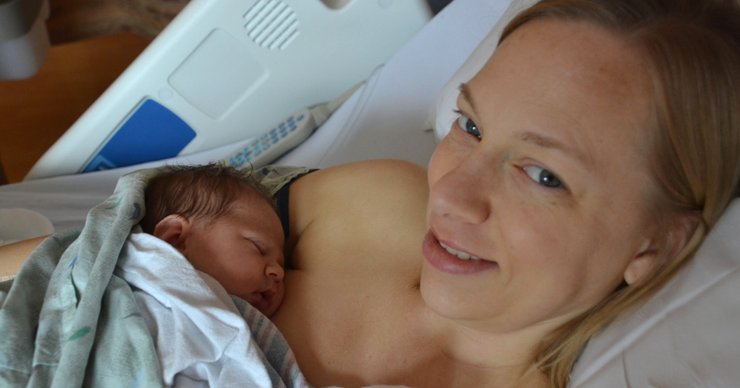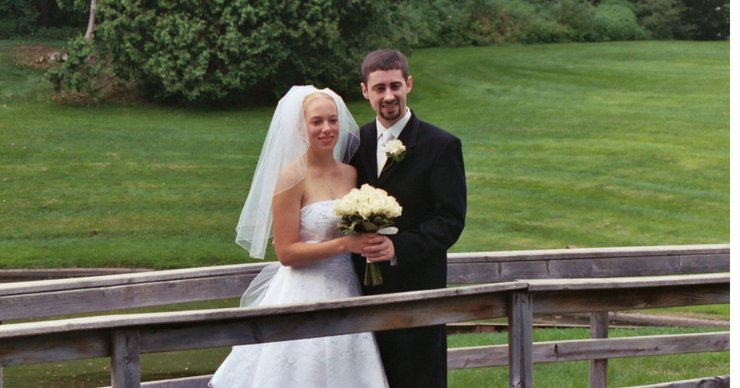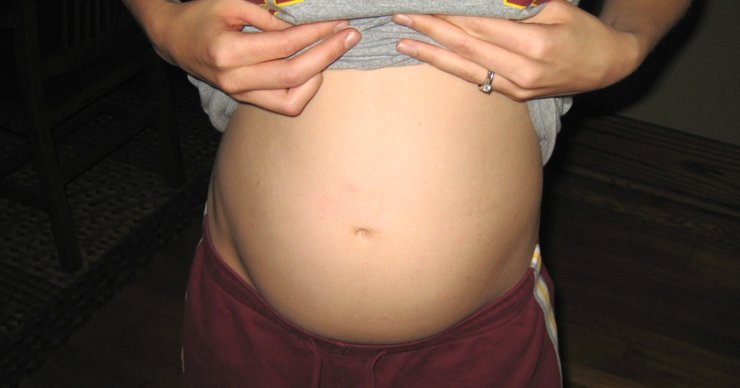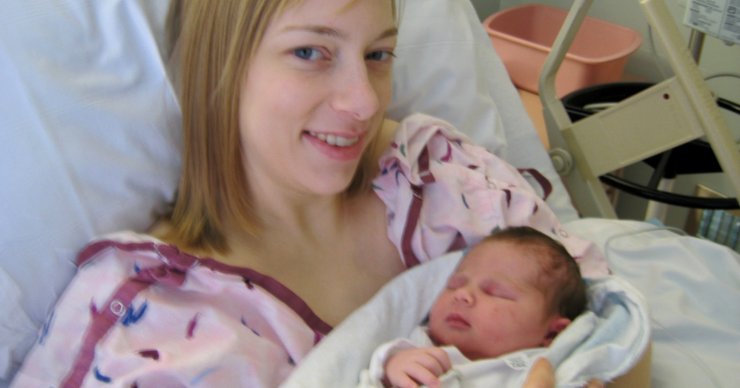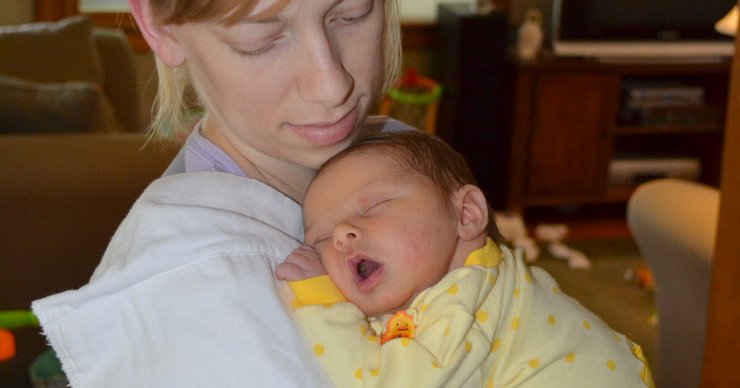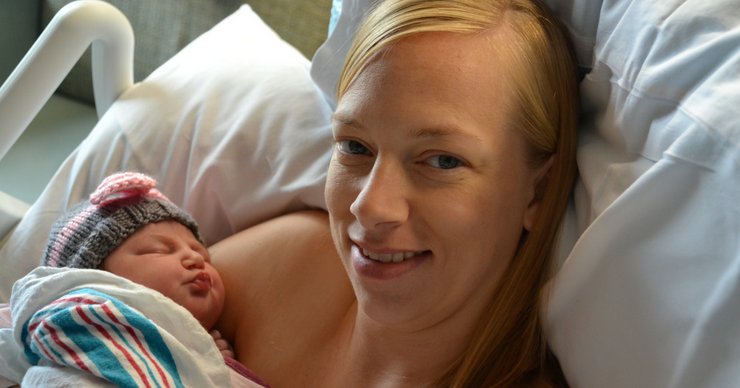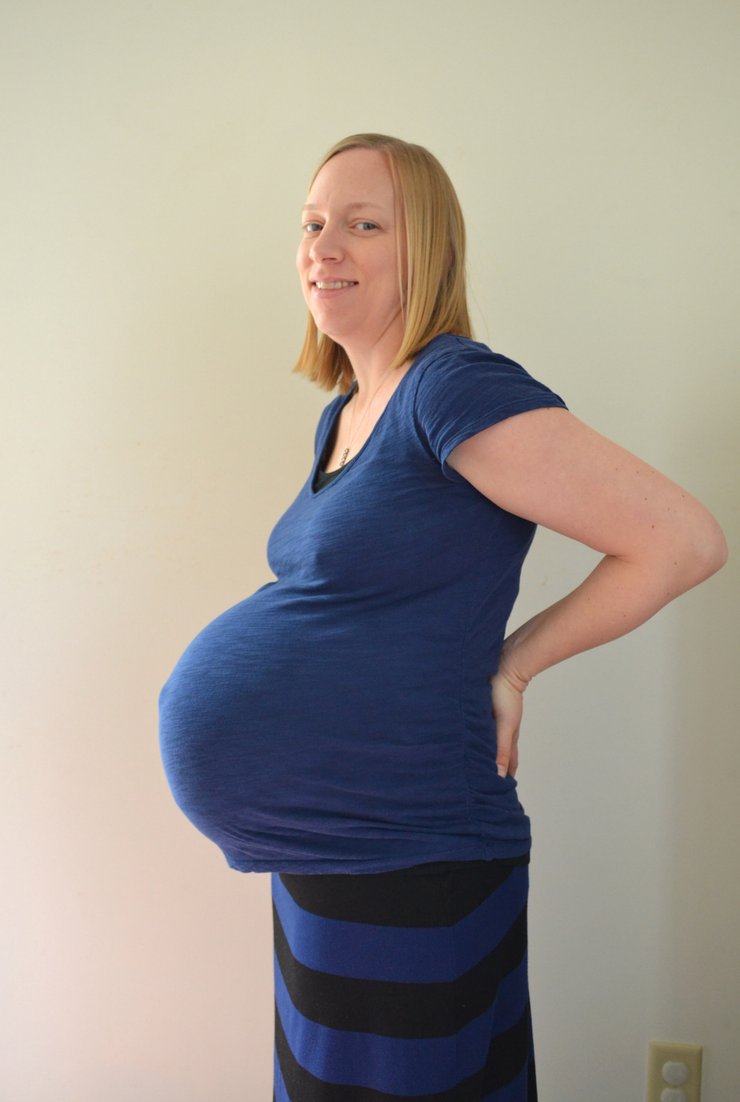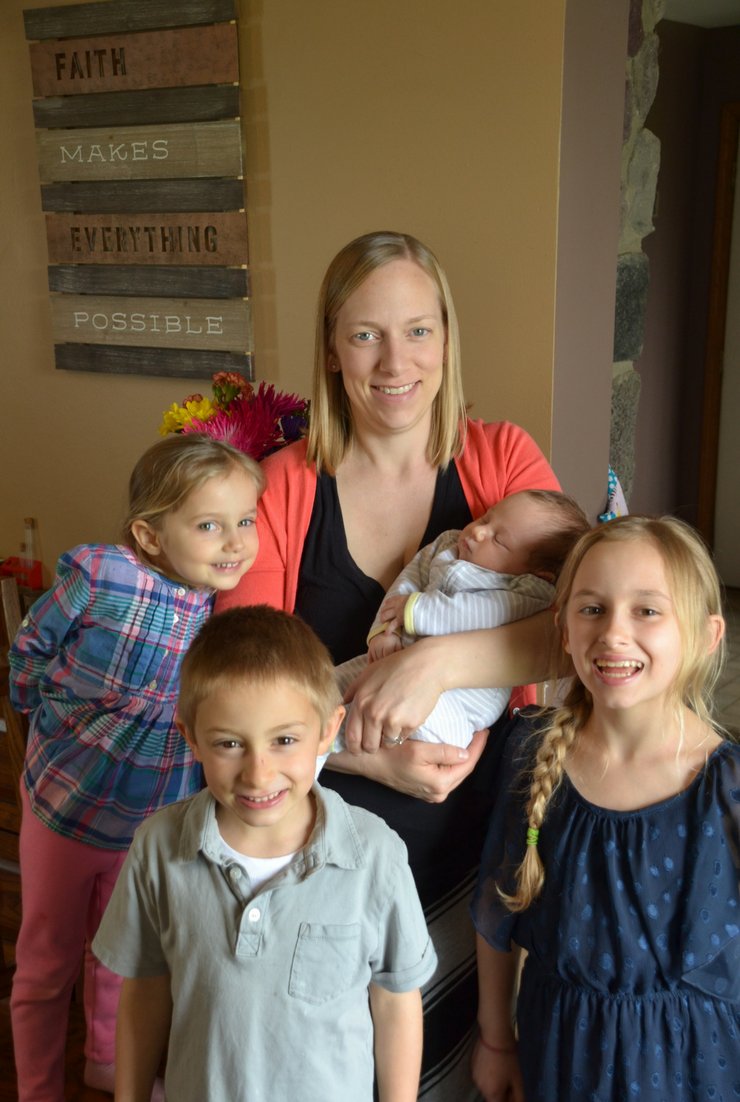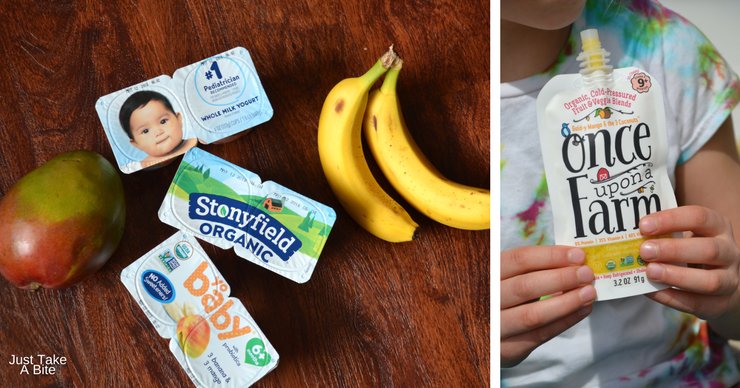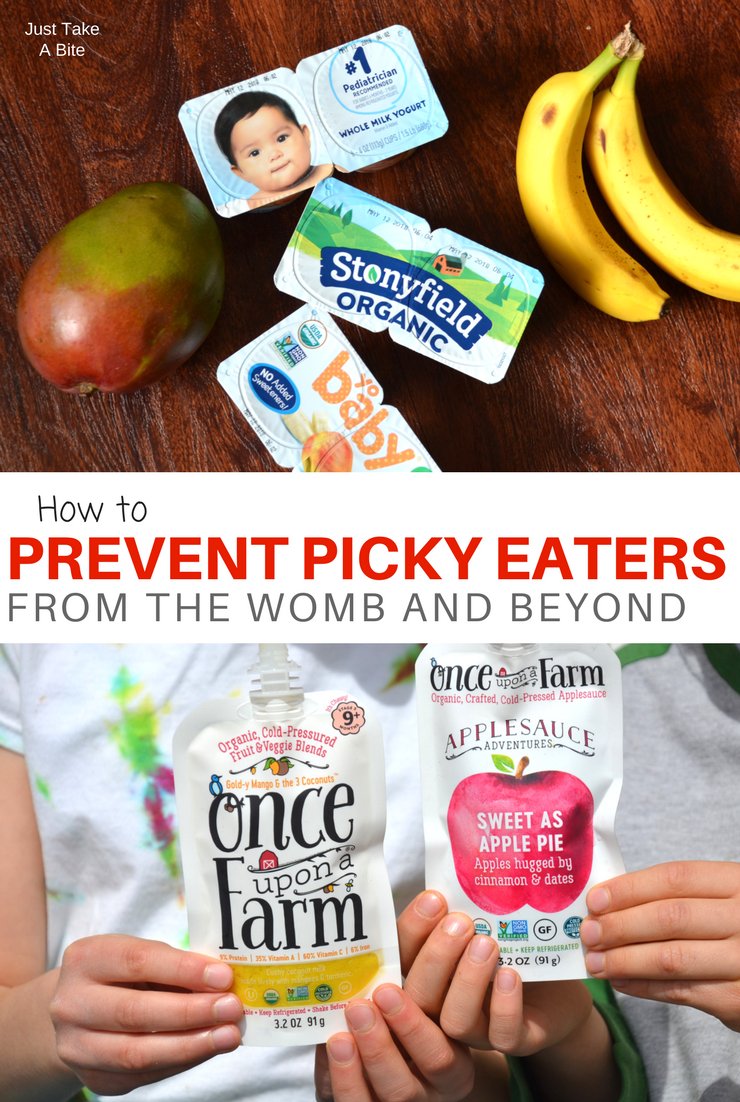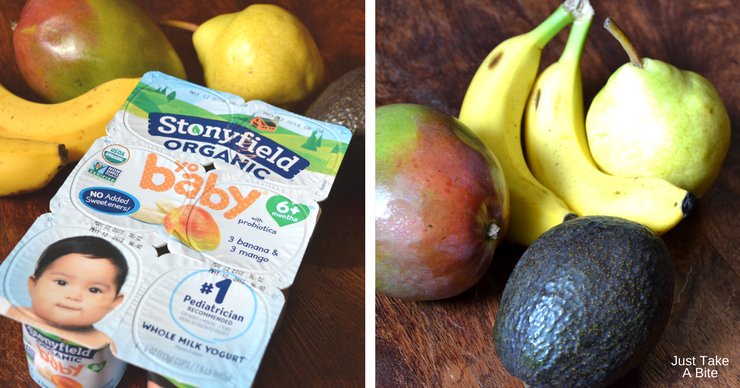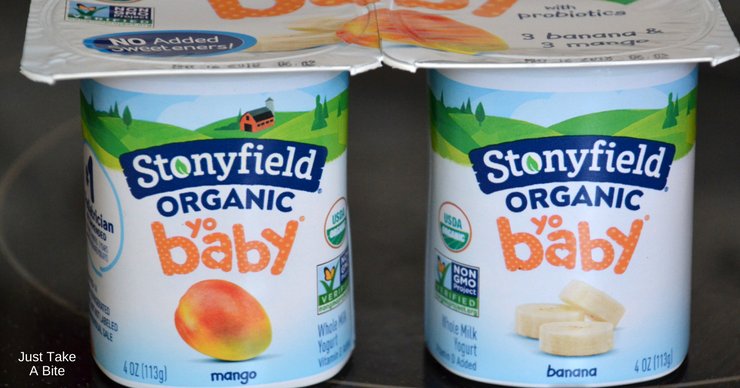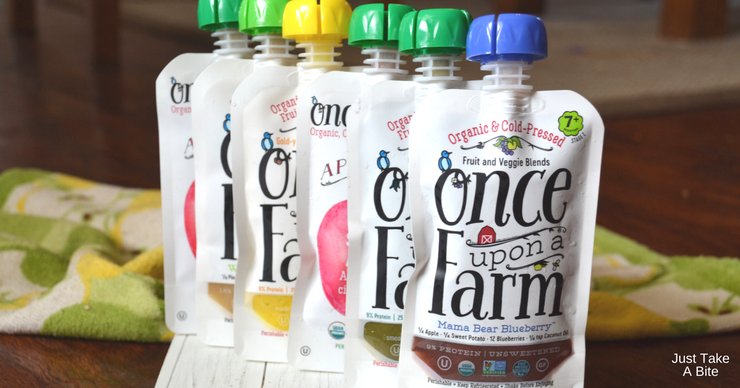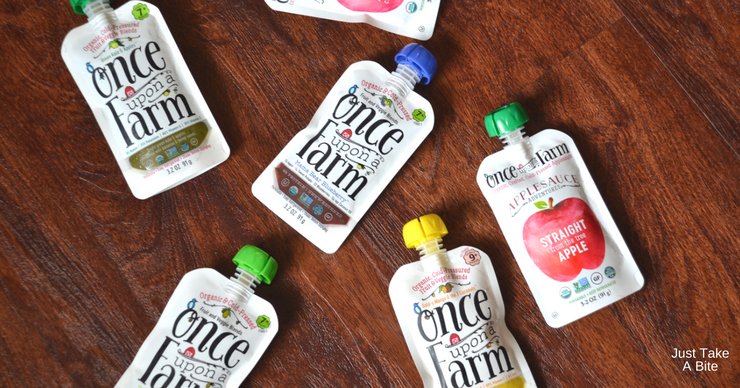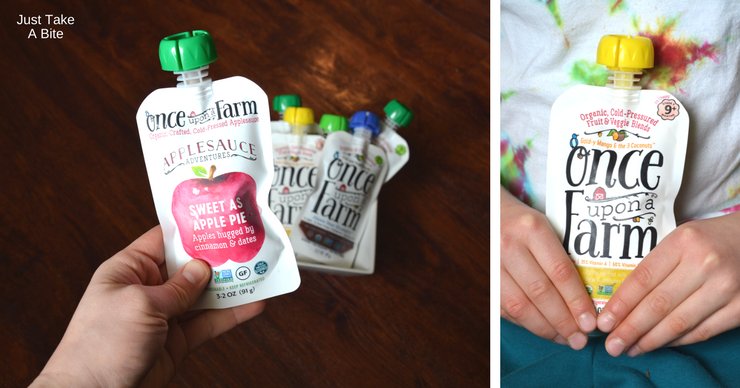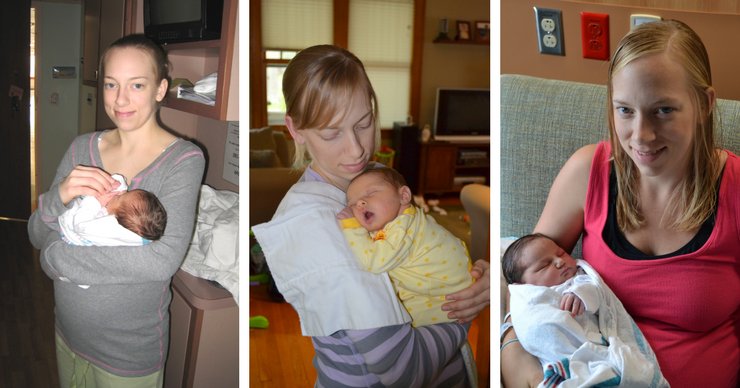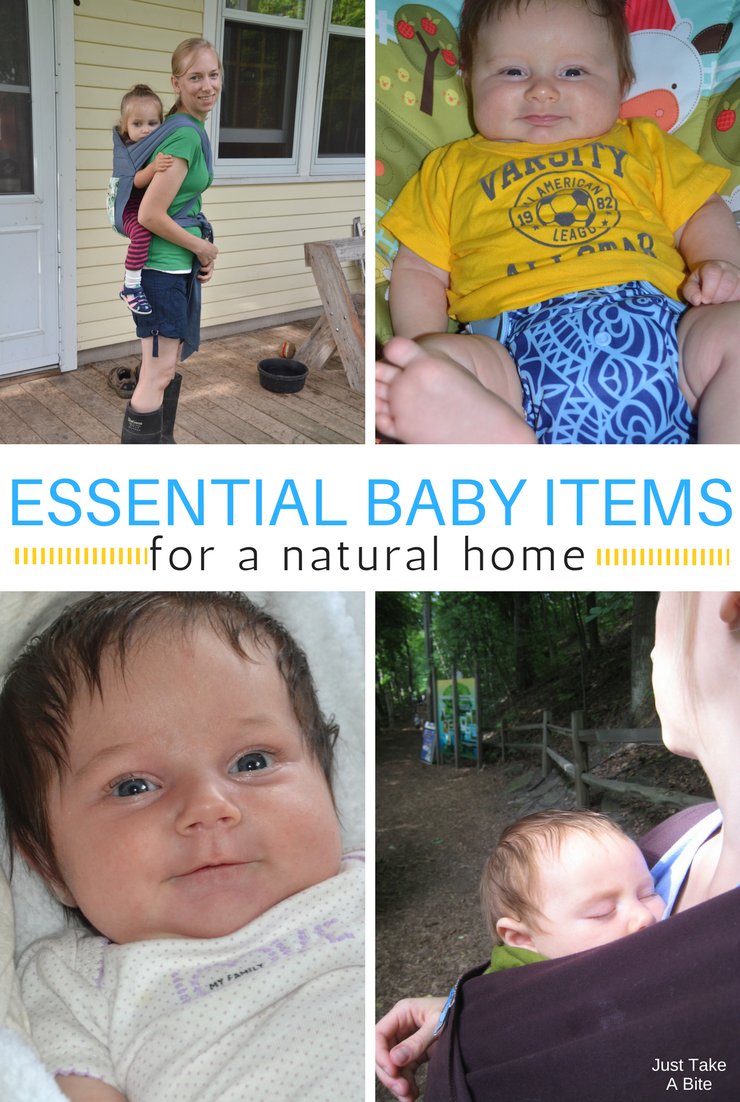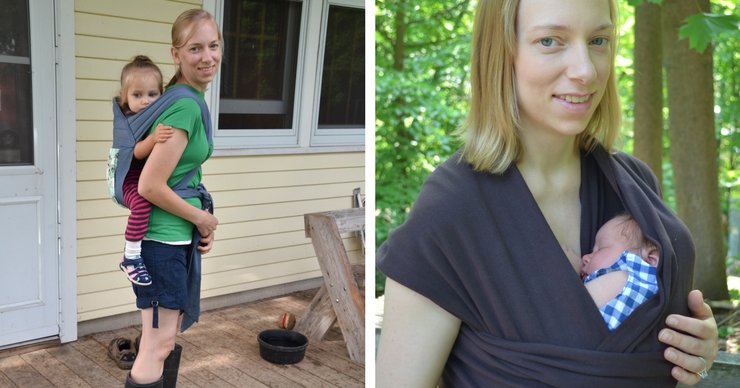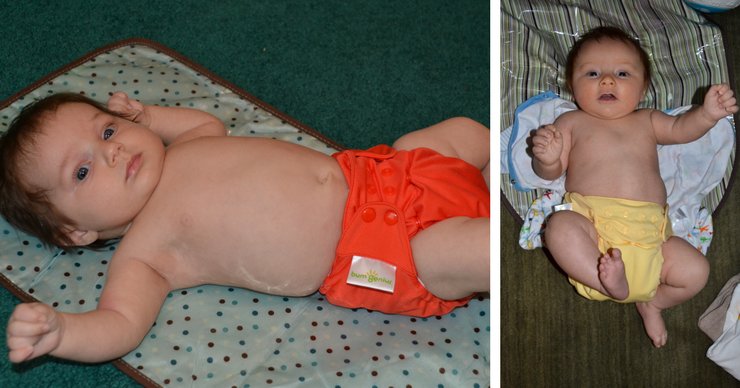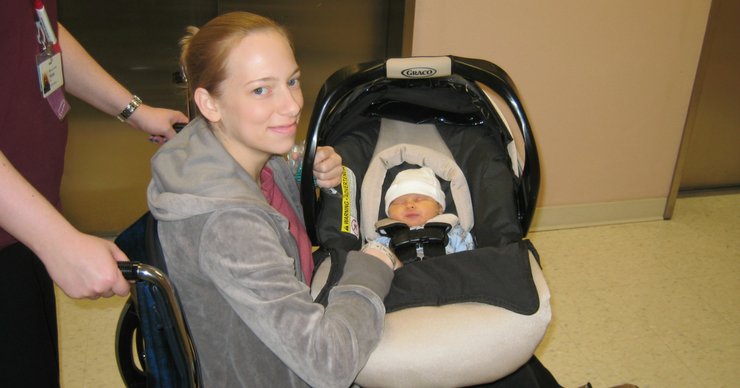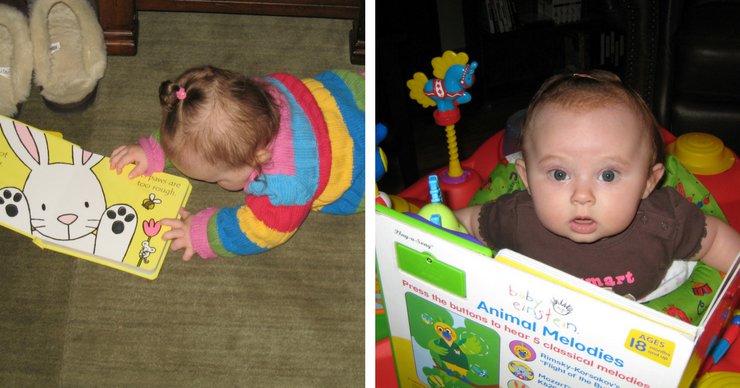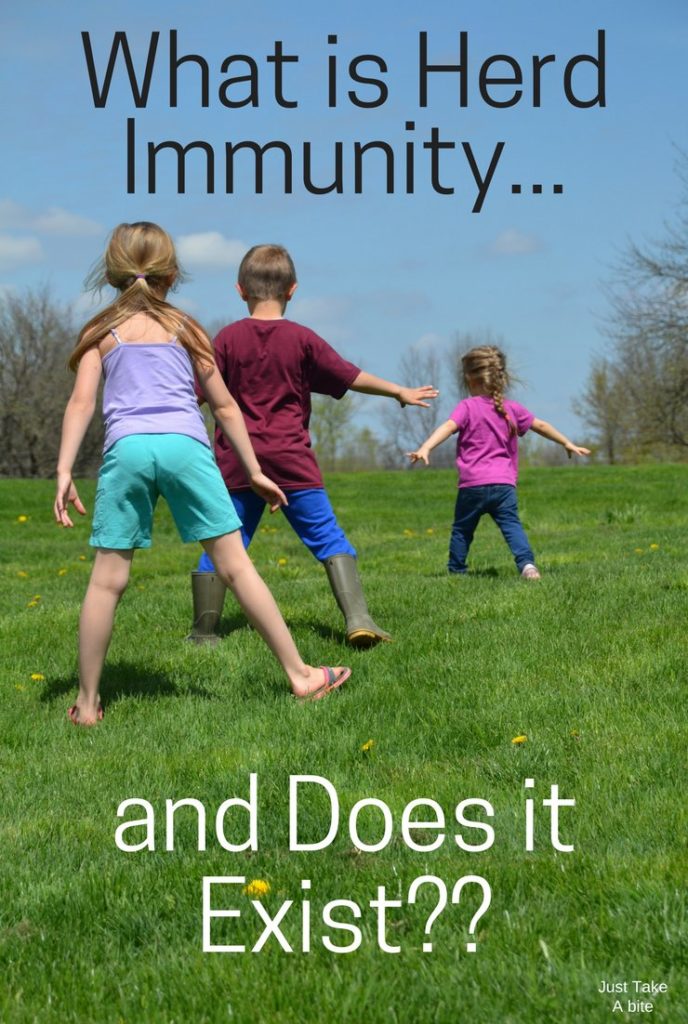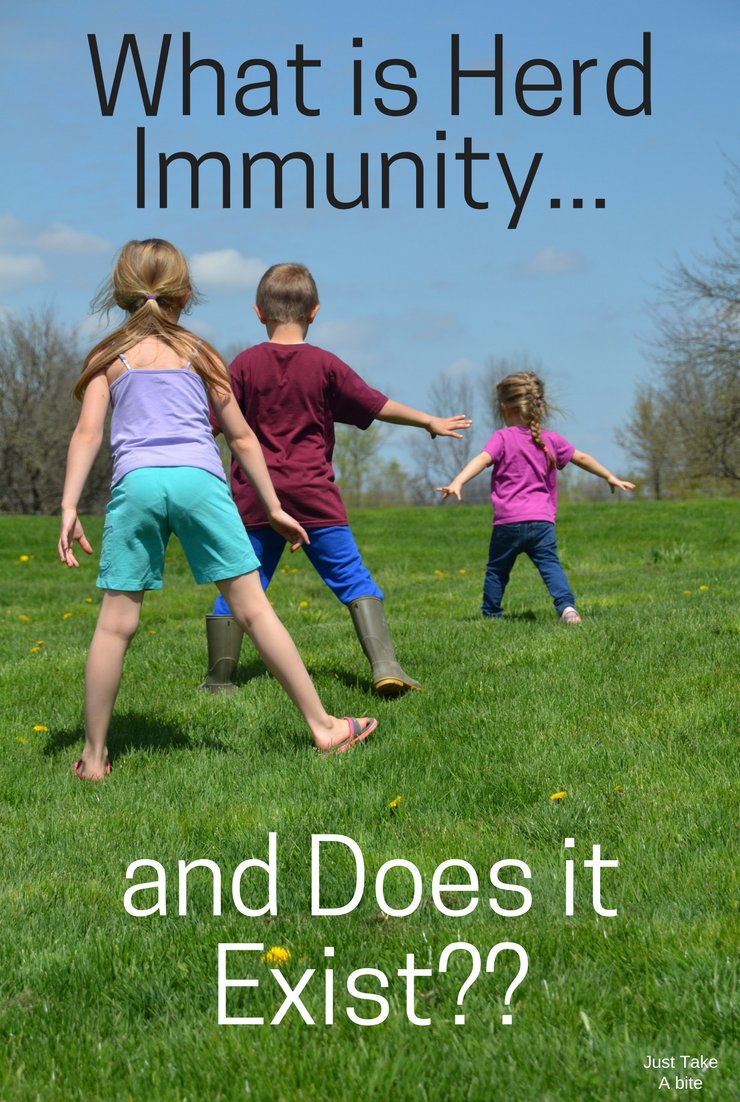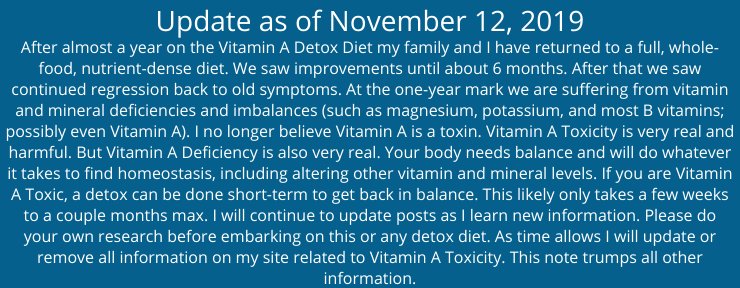

NOTE: I no longer support the Vitamin A as poison theory. I do not recommend it to anyone, especially children. All information in this article is purely to help you understand what it is based on. It is possible to get too much Vitamin A by overdosing supplements or liver. But that doesn’t happen often and can be quickly remedied if it does by stopping the supplements. Vitamin A from animal sources (retinol) is an essential part of a nourishing diet. Beta Carotene can cause carotenemia (as my son had) but will not overload the body with Vitamin A. Retinol is required for regulating both copper and iron. I encourage you to research and make your own decisions. You can read our update/why we turned and ran from the Vitamin A Detox Diet HERE.
Are There Vitamin Impostors?
I will preface this by saying that you need to have an open mind. Forget what you know about nutrition for just a moment and listen.
We’ve all been taught since grade school that we need vitamins. They are important for our health. There are water-soluble and fat-soluble vitamins (A, B, C, D, E, K, etc.). There are lots of important minerals as well (calcium, magnesium, sodium, potassium, etc.). We get these vitamins and minerals from our food. Our bodies use them to function well. Pretty straight forward.
But what if I told you there were a couple impostors in that list?
It is well-documented that Vitamin D is actually not a vitamin. It is a hormone. [source] Yet, people are supplementing with “Vitamin” D left and right. Somehow we’ve been told that everyone is Vitamin D deficient. Here’s a little secret…you’re not! And if your Vitamin D truly is low (you can find out with a blood test), supplementing is not the solution. A low level of Vitamin D (low is below 25 ng/dL. Ideal is 25-40 ng/dL…don’t think you need sky high Vitamin D levels) is an indicator that something is not working properly in your body (often times a Vitamin C deficiency). So you need to figure out what that is and fix it. Supplementing is like putting on a band aid. It might change your symptoms, but it’s not actually fixing anything. Here is what is actually happening.
Supplementing with Vitamin D is like taking hormone replacement therapy. And people are doing it to their children!! Even infants. Vitamin D drops, cod liver oil, multi-vitamins. You don’t need it. The excess fills your liver and then gets stored in your tissues (joints, digestive tract, kidneys, skin, etc.). You wouldn’t give your baby estrogen or testosterone drops. So why give hormone D drops?
Think about DHEA. Most people consider it good for health…but that doesn’t mean we call it a vitamin!
Isn’t Vitamin D Good For Your Bones?
Wrong again. Actually quite the opposite. One of the roles of Vitamin D is to maintain calcium levels in the blood…not the bones [source]. So it does whatever it takes to maintain that balance, including drawing calcium from your bones. All that extra Vitamin D you’re taking displaces the calcium in your bones. So if you want to guarantee that you have weak bones and teeth and that you will develop osteoporosis, keep taking Vitamin D supplements. Or keep drinking tons of Vitamin D fortified milk…and see if you develop arthritis or kidney stones.
Ok, that was kind pf a tangent. I just wanted to give you an example of a common health claim that is totally bogus. This post is really not about Vitamin D. It does relate to the rest of the post, though. If you want to learn more here are some great articles.

Is Vitamin A Really a Vitamin?
Now for the real heart of the matter. Vitamin A. Is it really a vitamin?
Let me start at the beginning.
After my fourth was born I started having some odd symptoms. I was already experimenting with my diet to help my nursling feel better and nurse better. So I was very observant of how I felt and how he felt in relation to what I ate.
I started noticing the symptoms appeared when I ate desiccated liver. That was odd. I’ve always thought liver was a super food loaded with nutrients (like Vitamin A and D). Knowing that it is one of the highest sources of Vitamin A I started to wonder if you could get too much Vitamin A.
I stopped eating liver and felt a little better. Ok. Maybe I didn’t need it or I wasn’t tolerating it. No big deal.
Then I happened to see this post from Matt Stone…all about Vitamin A. Good timing I thought. It was interesting. And helped me decide to stop the desiccated liver completely. Back to my crazy life trying to figure out why my kids won’t eat.
Then I saw Dr. Garrett Smith, ND post on Facebook about how Vitamin A is toxic. I started following him a few years ago at the suggestion of my Nutritional Therapy Practicioner (NTP), but hadn’t seen any posts from him in well over a year (and you know how picky Facebook is…why would I happen to see this one?).
I watched one of his videos and thought it was interesting, but a little out there. Carrots and spinach are bad for you? Avoid egg yolks? I don’t know about that. Those are super nutritious!
I was elbow deep researching histamine intolerance and methylation. So I focused on that and figured I’d ignore the Vitamin A stuff. It just sounded a little too strange for me.
Breastfeeding Challenges
At the same time my son continued to struggle with breastfeeding. My four-year old was not doing well either. She had an eye infection, followed by a month of full body hives and then stomach aches and poor appetite. She was back to hardly eating. It was getting so bad we had her pediatrician order a bunch of blood work.
I was praying daily for wisdom. I was on a low histamine diet since many of my symptoms match histamine intolerance. But I knew that was just a temporary fix. Not a true solution.
God Gives Wisdom if You Ask!
Over the next few weeks I saw daily posts about Vitamin A toxicity. I tried to ignore it. But God wouldn’t let me. It was on the top of my feed every time I got on Facebook. Ok, ok. I’ll listen to the information.
And that started our new journey of healing. The more I read and listened, the more it made sense.
And it explained all of my symptoms, all of my son’s symptoms and every other feeding challenge we have faced over the last ten years. Every. Single. One.
What is Vitamin A Toxicity?
So this is where I’m starting (hopefully you made it this far to get to the heart of the post!). Today I’m telling you a little bit about Vitamin A Toxicity (Hypervitaminosis A) and giving you some resources in case you want to dig in for yourself. If you want to hang back and just watch how it goes for us, that’s fine too. I’m not trying to tell you what to do. I’m just giving you the information.
And I will forewarn you…once you read about it you can’t unread it. And it could change your views on health and nutrition forever.
A quick Dr. Google search will tell you that hypervitaminosis A is a real condition[source]. You can have hypervitaminosis of any vitamin (true vitamin or substance called a vitamin) really. Yes, hypervitaminosis D is very real too! The list of symptoms hypervitamimosis A is lengthy. It includes:
- Drowsiness
- Irritability
- Abdominal pain
- Nausea
- Vomiting
- Increased pressure on the brain/headaches
- Blurry vision or other vision changes
- Swelling of the bones
- Bone pain
- Poor appetite
- Dizziness
- Sensitivity to sunlight
- Dry, rough skin
- Itchy or peeling skin
- Cracked fingernails
- Skin cracks at the corners of the mouth
- Mouth ulcers
- Yellowed skin (jaundice)
- Orange skin (carotenemia)
- Hair loss
- Respiratory infection
- Confusion
- Softening of the skull bone
- Bulging of the soft spot on the top of an infant’s skull
- Double vision
- Bulging eyeballs
- Inability to gain weight
- Coma
- Fluid-filled cysts
- Autoimmune disease
- Autism
- ADD/ADHD
- Picky eater/refusal to eat
- Oily skin and hair
- Osteoporosis
- Eczema
- Food intolerance/food allergy
- Cradle cap
- Asthma
Did you catch all that? Crazy, huh? And those aren’t even all of them.
Another search will tell you that pregnant women should not get too much Vitamin A because it can cause birth defects. I wish I had known that! Sadly I listened to the WAPF pregnancy guidelines that claims you shouldn’t worry about too much Vitamin A. Just one example of something they got SO wrong.
Where Does Vitamin A Come From?
Vitamin A is found in many common “healthy” foods today:
- sweet potatoes
- carrots
- liver
- egg yolks
- dairy
- brightly colored vegetables
- pork and lard
- avocado
Really most foods have at least a little Vitamin A. Meat and grains are probably the lowest in Vitamin A. And the body can handle a little.
The problem arises when the liver gets saturated. Which, you can see, won’t take long if you eat a healthy diet by today’s standards or from a traditional diet. The WAPF dietary guidelines for pregnancy would give a woman an overabundance of Vitamin A! Truly excessive amounts.
Initial symptoms usually impact the skin (dry skin, eczema), hair (thinning, graying), eyes (dry, red, itchy, poor vision) and bones (osteoporosis, weak bones and teeth, joint pain). But as the toxicity continues it will gradually break down other systems. The inflammation reaches the intestines (think Crohn’s, Colitis, IBS, leaky gut, food allergies), the brain (cranial pressure/migraines, ADHD, Autism, Alzheimer’s, Parkinson’s) and other important organs (thyroid, kidneys and heart).
Does that sound like you or anyone you know? Or everyone?
Where “Healing” Diets Fail
And what is the solution these days? A “healing” diet like GAPS, AIP, Keto, Nemecheck. Where you load up on brightly colored fruits and veggies, bacon, lard, egg yolks, liver, sweet potatoes, unrefined coconut oil. Are you seeing the irony here?
What if our “Eat the Rainbow” mentality was actually doing more harm than good? In the plant and animal world bright colors are a sign of poison (called aposematism). Plants are brightly colored to keep animals from eating them (should we be doing the same?). Animals that are poisonous are often brightly colored (think snakes and frogs). It is a warning sign. Yet we have come to see them as the holy grail of nutrition!
You may be thinking, “But we have soil nutrient depletion and other factors now.” True. But they aren’t enough to cause such a drastic increase in health problems and autoimmune diseases and conditions like autism in recent years.
Is a Standard American Diet Less Toxic?
And what about people that don’t eat healthy? What about people on the Standard American Diet?
Well, they don’t have it much better. Somehow the government has thought they know better than we do what our bodies need. For the past fifty plus years now our foods have been fortified. All pasteurized milk must be fortified with Vitamin A and D. Most grains/flours, cereals, milk alternatives, yogurts and snack foods are fortified. We’re all told to take multi-vitamins and random supplements without any kind of testing.
Everyone worries about not getting enough vitamins and minerals. But we are bombarded with them…certain ones at least. And it’s causing so much overload and imbalance. Excessive supplementation will not fix anything. It will just make problems worse. God designed our bodies to get nutrition from food and to maintain balance. Our bodies now have to compensate for all of the over-supplementing and it is causing big problems (you can read more about the dangers of supplements HERE).
Unless you and your children somehow fall in the middle (no processed/fortified foods AND no abundance of veggies and traditional foods) you probably have Vitamin A Toxicity. That’s right. Just about everyone has it.
What About Vitamin A Deficiency?
But wait. Isn’t Vitamin A deficiency really serious? That depends on your view. IF Vitamin A is actually a vitamin and IF the established symptoms are truly from a deficiency, then yes. The problem is those could both be false assumptions.
Are you still with me? Do you think I’ve lost my mind yet?
In the 1930’s when Vitamin A, the first vitamin, was discovered, the experiments were done incorrectly. The scientists were actually loading the rats with Vitamin A instead of depriving them! They were poisoning the rats instead of inducing a deficiency.
If you look at the symptoms of Vitamin A deficiency and the symptoms of Hypervitamonosis A (listed above) you’ll notice something odd…they are the same! Whether or not that’s possible I’m not sure. Whether Vitamin A deficiency is actually a condition I don’t know. I’m not sure there have ever been any true studies to prove it. Would you actually go blind without Vitamin A? I don’t know. It would take a long time to actually get it all out of your system (could be 5+ years!). How did everyone not go blind hundreds of years ago without supplements and without orange veggies?
It turns out that Vitamin A may actually not be a vitamin at all.
Our bodies can handle some. But too much is toxic. Where that threshold lies is different for everyone and depends on the health of your liver (this is key!).
That rainbow we’ve been told to eat…could be acting more like poison if you are overloaded. (side note – the “five a day” and “eat the rainbow” campaigns were completely arbitrary recommendations).
Now What?
I don’t like to leave you hanging. I just told you that you could be poisoning your family after all! But I also don’t want to overwhelm you with information. And this could take a while to digest.
Plus I’ve got homework for you.
I’ve got more posts coming on other factors that contribute to Vitamin A Toxicity, what happens to Vitamin A in your body and what you can do about it. That’s really what we all want, right? A solution!
There is one. And I have a new book that will help guide you through it. This could be the definitive guide to solving all of your feeding challenges. I know that is a bold statement. But I truly believe it.
I also want you to do some reading and research of your own. And you may know just about as much as I do if you actually do all the reading. So if you just can’t wait, get started!
Engineers Are the Best Problem Solvers
All of this information started with some personal experimenting from an engineer named Grant Genereux (I truly believe engineers make some of the best doctors since our passion is finding root problems and coming up with a solution. Yes, I am an engineer too). He was diagnosed with eczema, an autoimmune condition, and told he would have it for the rest of his life and there was nothing he could do for it.
Not an acceptable answer for an engineer.
He healed his own autoimmune condition and wrote two very detailed books about his research on Vitamin A.
They are totally free and totally worth reading every word. I could not pull myself away. If you really want to understand Vitamin A Toxicity I suggest you read his books. At the very least his second book, Poisoning For Profits. It will blow your mind.
To be fair, I also wanted to point out that often times engineers are Analytical Eaters (see my Eating Styles for more details), myself included. Analytical Eaters tend to get in food ruts and cause excesses and deficiencies. So whether or not Grant had created a severe Vitamin A Toxicity in himself I don’t know. Just an observation on my part. So he may just be one more extreme case, not the norm.
Here are his FREE books:
Poisoning For Profits
Extinguishing the Fires of Hell
I know, not everyone has the time or interest to read 400-page books on vitamins.
Here is another great blog post from Butter Nutrition about the symptoms of Vitamin A Toxicity.
So, Is Vitamin A a Toxin?
I applaud you if you made it to the end of the post. And even if you do now think I’ve gone completely mad I hope this at least got you thinking. Let it sit a while and come back to it if you need to. That’s what I had to do. And lots of praying for wisdom. But I feel this is truly where God is leading me.
Big changes are always hard. Changing your perspective on health and nutrition is very hard. But change can also be good.
As I said at the start of the post, I’m always researching, learning, and experimenting. After a year on the Vitamin A Detox Diet I’m still not fully clear on my views on Vitamin A.
I truly believe that it is toxic in certain doses (and probably lower than people think) and that a state of toxicity is quite easy to reach these days with fortification, supplements, superfoods, glyphosate, and other toxins.
I also think the health of your liver and your body’s ability to detox is of utmost importance and a key factor in the whole equation. But whether or not Vitamin A is a toxin I’m not sure.
Unfortunately most scientific studies are done in the extremes. They are either trying to prove the impacts of toxicity or deficiency. But we are supposed to live in balance. There are no studies in the balance zone. What that balance is, I’m not sure. Do we need certain amounts of Vitamin A to balance other things? Does eliminating all high Vitamin A foods create other imbalances? There is a LOT we still don’t know. Just because there are studies that show the seriousness of Vitamin A Toxicity does not mean there can’t also be a deficiency? I’m not sure a true Vitamin A Deficiency study has ever been conducted!
Bio-individuality and listening to your own body is also critical. Regardless of any scientific study or prescribed diet, you have to do what works for you and makes you feel your best.
After a year on the Vitamin A Detox Diet we are learning that we have developed some serious vitamin and mineral deficiencies and most symptoms have returned. We are adding in foods that we tolerate and finding a new balance.
Have you ever heard of Vitamin A Toxicity? Have you ever wondered about over-supplementing?

